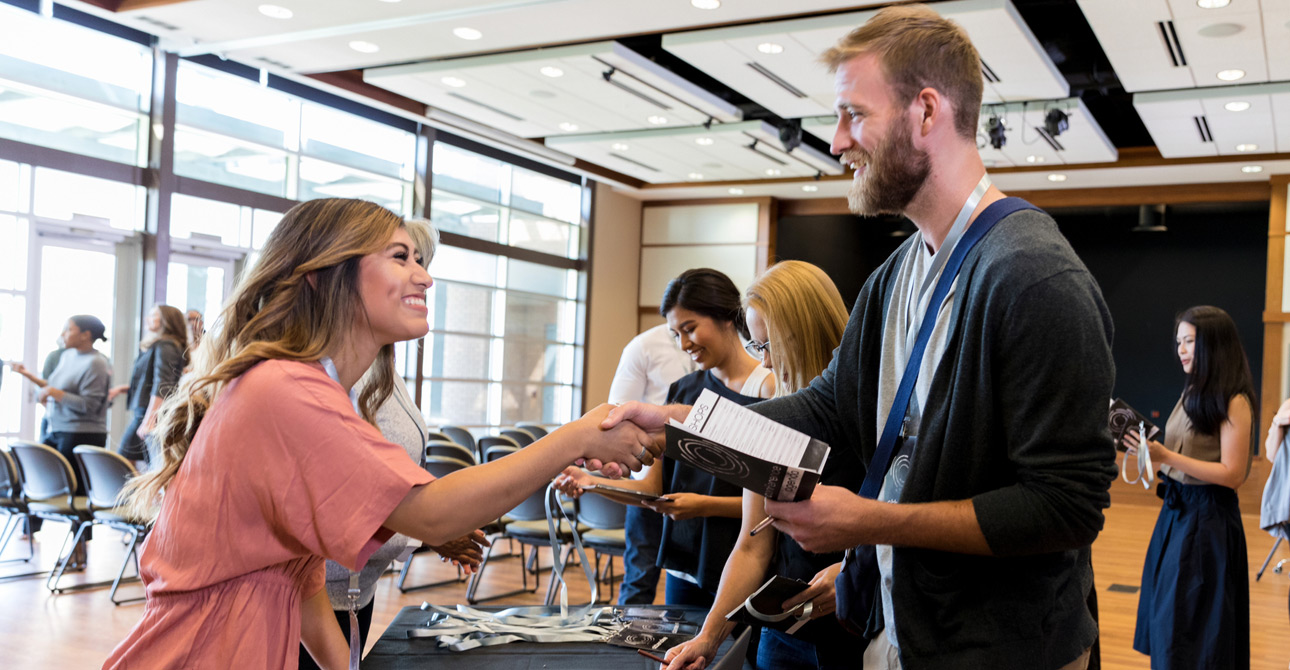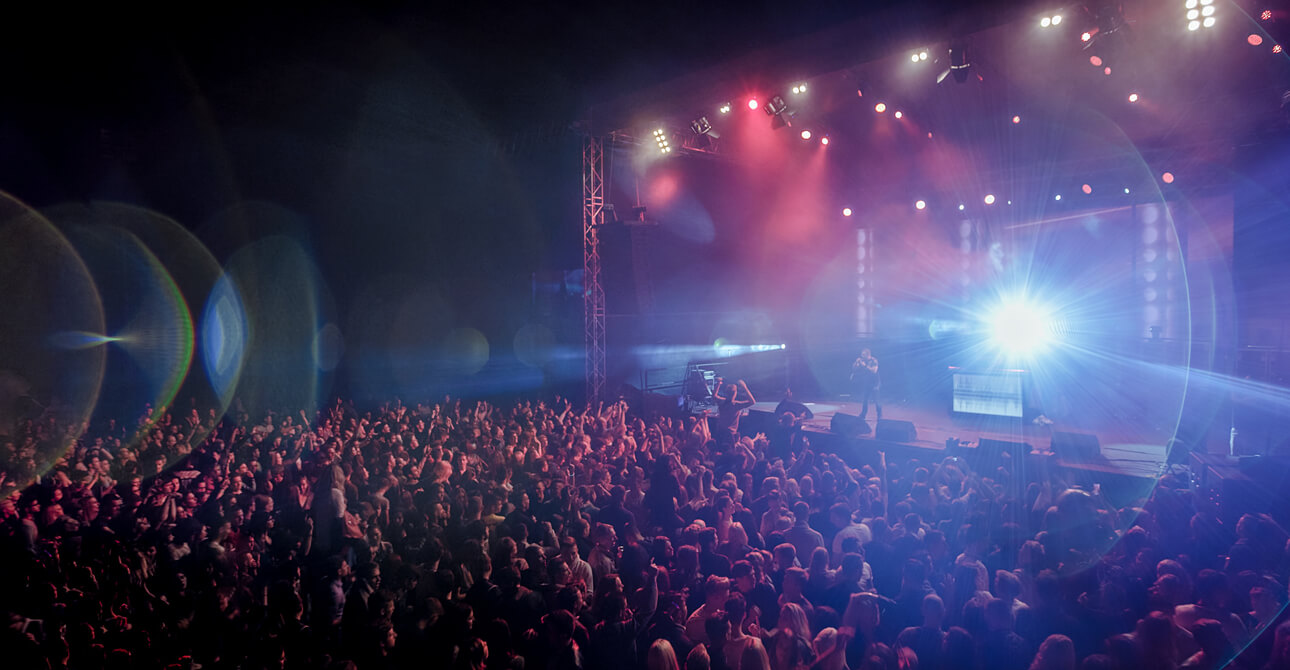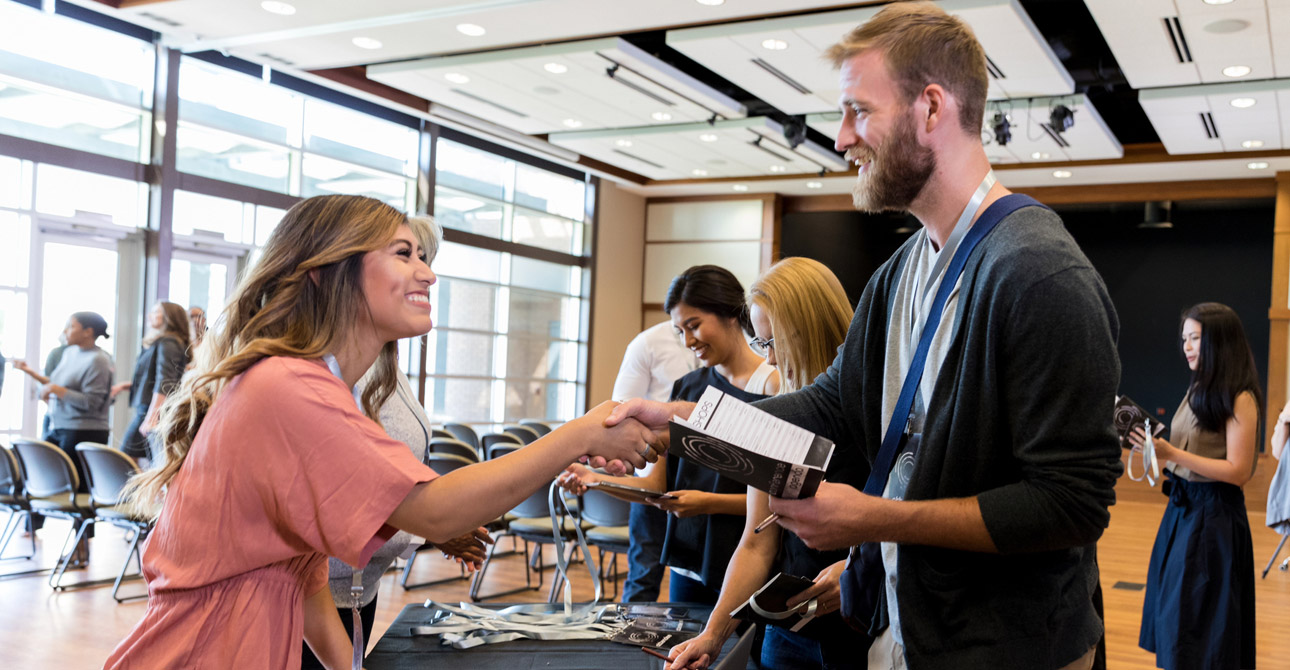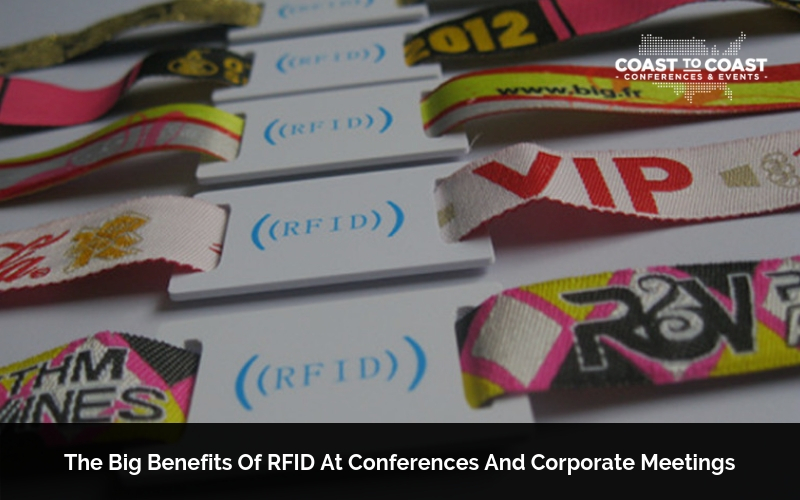Unlocking the Benefits of a Diverse Events Industry
What is one aspect of the events industry and its ever-evolving landscape that isn’t changing fast enough? Diversity.
Despite the many benefits of having a diverse events industry, many industries and companies still lack this essential aspect. Let’s take a look at why diversity in the events industry is so important, and how we can increase it.
A diverse events industry has countless benefits.
- Having different types of people working on an event – whether that be in terms of age, gender, race, or background – helps bring a broader range of perspectives to the table.
Additionally, having a diverse team allows you to gain access to different networks which can help you find new vendors or sponsors for your event that you might not have been able to find before. This can lead to an increase in creative solutions and better problem-solving abilities.
- Bringing together people from different cultures, races, genders, and backgrounds on an even playing field (literally) fosters understanding and acceptance between people who might not have crossed paths otherwise.
- Having a diverse events industry also helps fight discrimination in society as a whole by exposing people from different backgrounds to each other in ways they may not have otherwise experienced.
Ultimately having a diverse events industry creates an environment where everyone feels safe and accepted regardless of their backgrounds or identities which leads to increased creativity and collaboration among attendees resulting in better-organized and successful events overall! Sounds great, but HOW?
Here are several steps to begin the journey toward increasing diversity in the events industry.
First and foremost, make sure everyone understands why diversity is important; this means educating organizers on its benefits as well as how they can go about implementing it into their own events.
Secondly, we need more representation; having more women and persons of color speaking at conferences or running events will make other marginalized groups feel more comfortable entering the space knowing they will be represented within it.
Lastly, we need initiatives such as mentorship programs that encourage those who are underrepresented within the industry to take part in. Providing them with resources they may not have had access to, helps position them toward training opportunities and job offers they may not have known about otherwise.
To ensure this happens we need to continue educating organizers on why diversity matters as well as helping those who are underrepresented gain access to resources they would normally not have access to so everyone can benefit from what a truly diverse events industry can offer us!
How can the events industry further promote diversity to ensure access to resources for those who are typically underrepresented, and what benefits might this bring? Share your thoughts below.




















